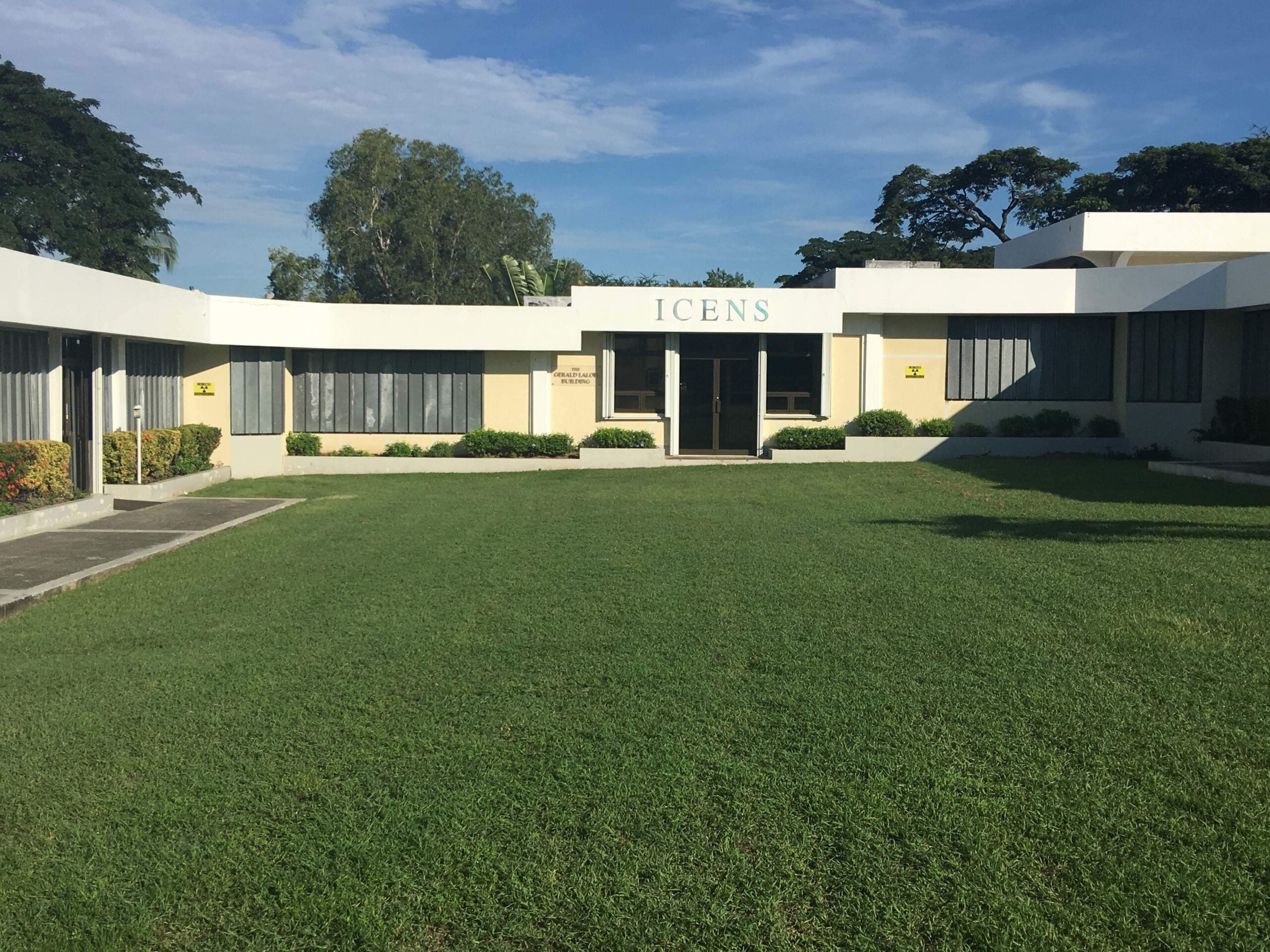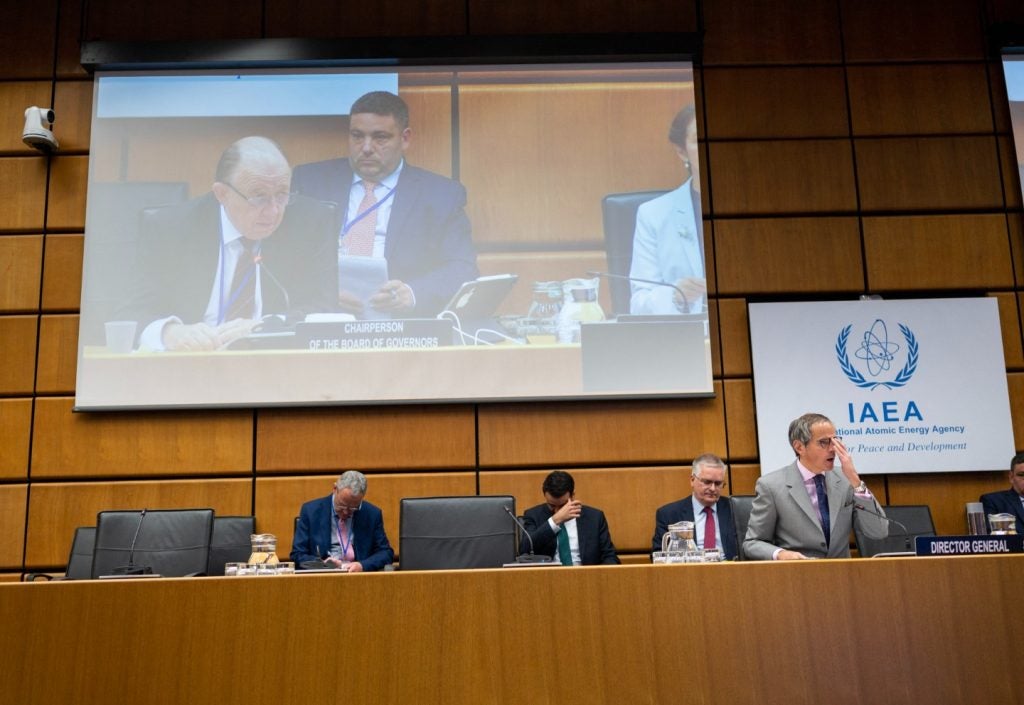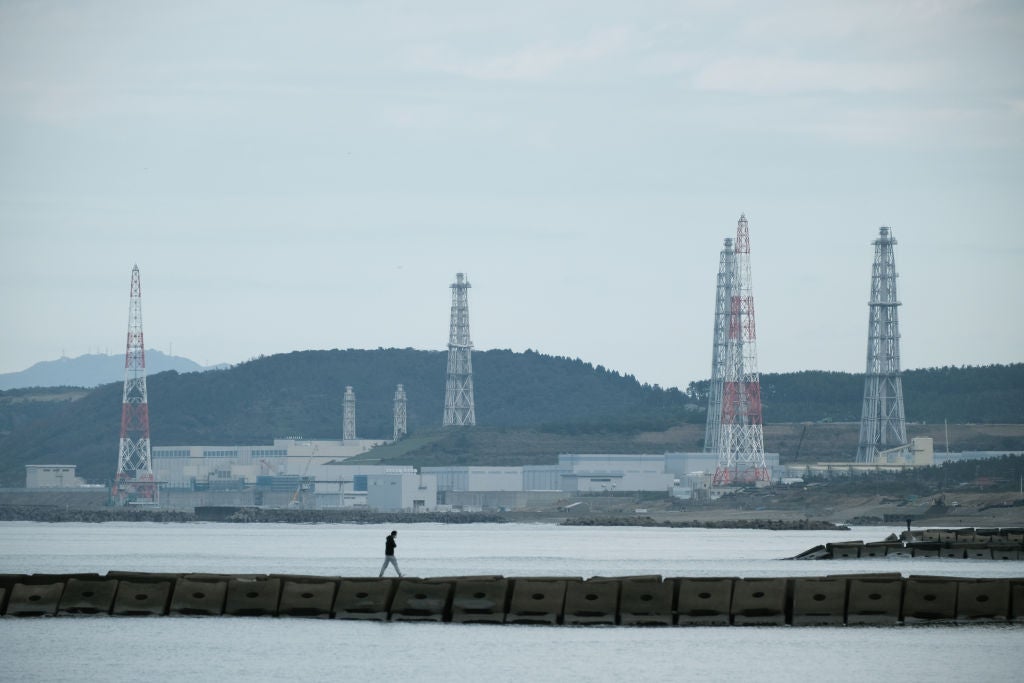
Jamaica’s nuclear story started in 1984. Supported by the European Union (EU), the Government and the UWI established the Centre for Nuclear Sciences (CNS), to help resolve local critical socio-economic challenges by creating integrated, multidisciplinary research and development programmes.
For its work, the EU provided the facility with a Canadian-invented 20KW SLOWPOKE research reactor.
Due to Jamaica being in a seismically active zone that is also often affected by hurricanes, siting considerations for the reactor were paramount. As such, it is housed in a building made of a sturdy concrete with windows that are fully shuttered during hurricane season.
For increased safety, the reactor has a core which is ‘under moderated’ and has a large negative temperature coefficient, so as the core gets hotter it becomes less efficient and at temperatures above 85°C the reactor shuts itself down without the intervention of the operator or elaborate scram systems.
Eventually, the UWI established the International Centre for Environmental and Nuclear Sciences (ICENS) to properly manage Jamaica’s nuclear research, then led by Professor Gerald Lalor as its director general.
Lalor believed siting the reactor on a campus of the UWI would ensure that researchers from other West Indian states could have easy access to it for research purposes.
How well do you really know your competitors?
Access the most comprehensive Company Profiles on the market, powered by GlobalData. Save hours of research. Gain competitive edge.

Thank you!
Your download email will arrive shortly
Not ready to buy yet? Download a free sample
We are confident about the unique quality of our Company Profiles. However, we want you to make the most beneficial decision for your business, so we offer a free sample that you can download by submitting the below form
By GlobalDataHowever, despite the department’s big ambitions, shortly after the reactor’s commissioning, disaster struck at the Chernobyl nuclear site in Ukraine (then the USSR). Consequently, any plans to explore the use of nuclear power in Jamaica were put on hold.
Research reactor with built in safety
Instead, researchers largely focused on nuclear analytical applications, such as neutron activation analysis, for agricultural, environmental, geochemical and health-related studies. This produced valuable baseline data for the country, as well as many academic publications and post graduate degrees.
Ongoing research at the facility has been funded by the Jamaican Government, UWI and from grants by international donors.
In 2015 – just over 30 years after the reactor was commissioned – the reactor’s core was successfully converted from high-enriched uranium (HEU) to low-enriched uranium (LEU) fuel, as part of a joint effort to eliminate the proliferation risks associated with HEU by the governments of Jamaica, the US and Canada, with assistance from the IAEA.
This year, at the ICENS’s request, the IAEA and its team of experts inspected the reactor post-conversion.
The experts found that the facility reflected a continuous commitment to safety, and the team made recommendations for further safety-related improvements, which included establishing a safety committee, developing a preliminary decommissioning plan for the reactor, and finalising an integrated management system that continuously develops and maintains a strong safety culture.
Slow progress in industry development
Overall, Jamaica’s progress in regards to nuclear has been steady, if slow. In July, 2015, the government passed a nuclear bill which enabled the conversion from HEU to LEU to go ahead and led to the establishment of the first nuclear and radiological regulatory body in the English-speaking Caribbean.
Previously, the lack of a national regulator had hindered the researchers’ work, as international standards recommend not to do business or trade radioactive sources with countries without a national nuclear regulation.
Since the passing of the nuclear bill, the island can import radiological sources for radiation medicine programmes, as well as industry, agriculture and research, says Charles Grant, director general of the ICENS.
The regulator will also help the facility raise its standards further.
“We have always endeavoured to implement best practices in terms of safety and compliance, as such, having a regulatory body in place will add somewhat to our administrative burdens, but we don’t foresee this impacting negatively on our operations,” says Grant.
Furthermore, a local regulator will enable the country to take full advantage of the technical cooperation assistance offered by the IAEA and help researchers extend the life of the reactor, which is expected to operate for another 40 years.
Is Jamaica nuclear ready?
Jamaica is now starting to consider a nuclear energy programme. Advancing ICENS’s work to encompass nuclear power could be a solution to the island nation’s continuing energy woes. According to the Ministry of Science Energy and Technology, Jamaica’s energy system is highly dependent on imported fossil fuels, with petroleum imports accounting for more than 90% of electricity production. This comes at a high cost to consumers; electricity prices have shot up dramatically in recent years, reaching a high of $0.42 per kWh, according the ministry.
Previously, nuclear had been considered unfeasible due to the cost and modest size of Jamaica’s electricity demand; however, the situation has begun to change since the development of smaller, cheaper nuclear reactors ranging in size from a few thousand kilowatts to a few hundred MWe in the design phase.
A modular reactor in the range of 50MW-125MW would be appropriate, says Grant.
“The new small modular reactors incorporate several improvements, including: enhanced reactor safety, improved electricity generation economics, improved resource utilisation, simpler operation, lower operational costs, and presumably a simpler and less expensive regulatory infrastructure,” says Grant, “Provided they live up to these claims, nuclear energy would seem entirely feasible for Jamaica, and indeed seems to present completely new opportunities and prospects for the island.”
The idea has support from both the government and the opposition. The Minister of Energy, Science and Technology, Andrew Wheatley, has said nuclear is a viable option.
“While we might not be ready for [nuclear energy] now, it is something that is part of the energy policy, and some time down the road Jamaica might find itself in a position where we are able to utilise nuclear energy,” Wheatley said last year.
A Platform for Jamaican energy
In its current form, Jamaica’s nuclear bill prohibits the building of a nuclear power plant and is not comprehensive enough to take on nuclear power, according to Grant, but he is hopeful that when the necessary technology comes along, the bill will serve as a platform for developing a nuclear industry in Jamaica.
Other things that would need to be considered include increasing the number of skilled people involved in the industry and ensuring a solid economic position.
For now, Grant says his team is focused on implementing the recommendations from the IAEA and taking advantage of the reactors increased capacity post the core conversion by collaborating with neighbours and the international community for agricultural, environmental and health programmes.






